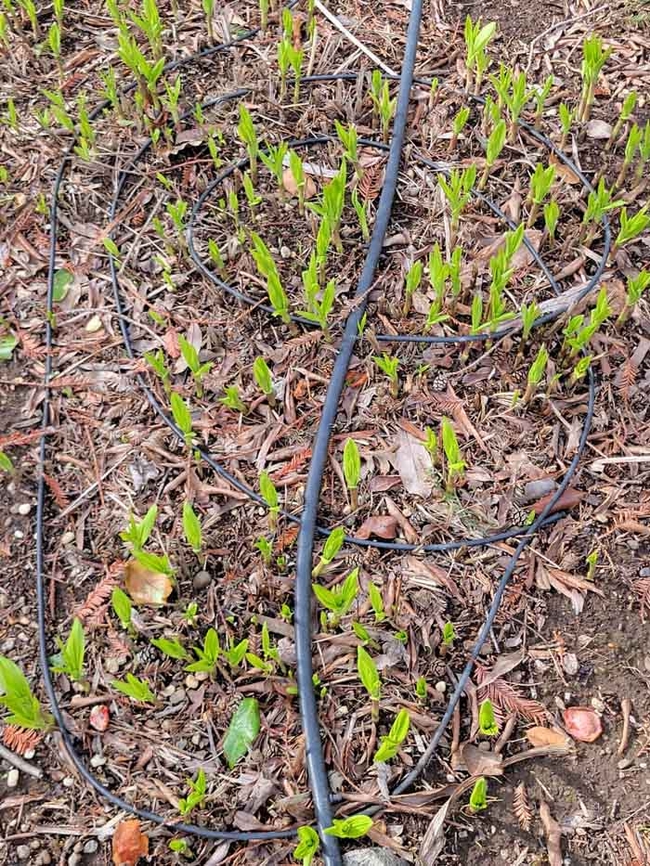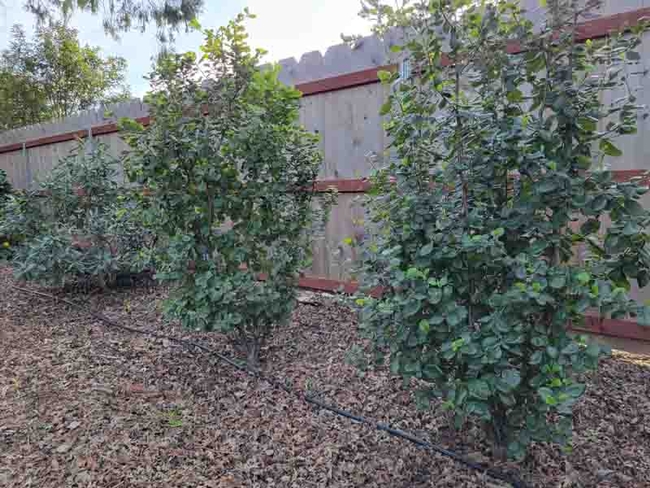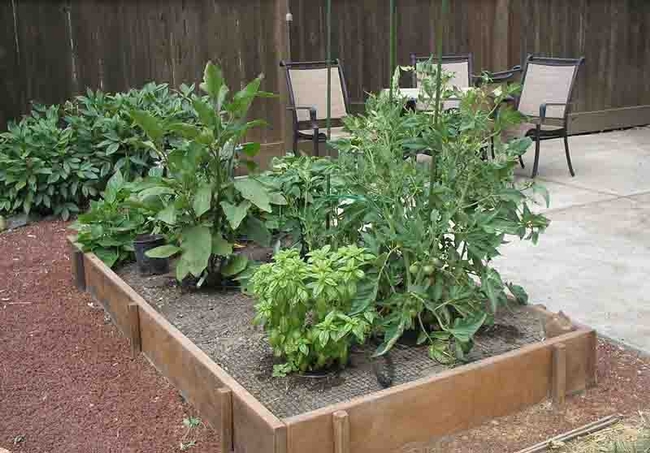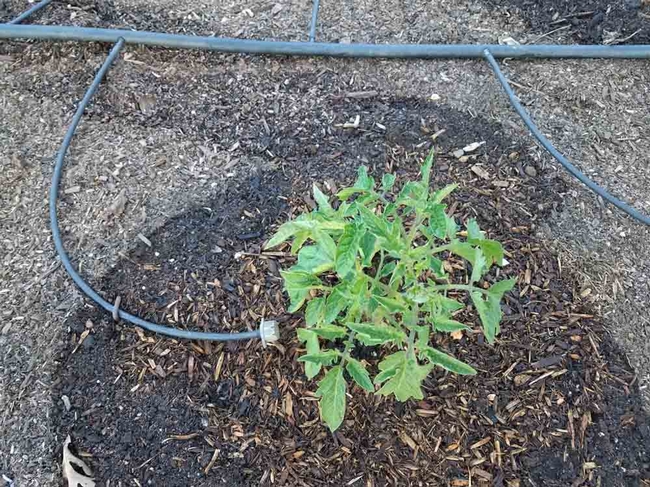If you plan to travel this summer, now might be a good time to install an automatic watering system. Doing so can ensure that your plants will not be under-watered or over-watered in your absence.

Drip irrigation is the tool that can help you minimize water wastage and maximize water's benefits to your garden. Drip watering is the frequent, slow application of water to soil through emitters or micro-sprinklers. Drip irrigation works well for vegetable gardens, ornamental and fruit trees, shrubs, vines, and outdoor container plants. Even without an automatic sprinkler system installed, a drip system can be set up using a standard garden hose attached to the main drip line.
Installation of a basic, simple drip system is quite straightforward, and easily within the grasp of most home gardeners. It goes together much like a tubular erector set, all snapping together. Main one-half-inch (1/2”) or five-eighths inch (5/8”) polyethylene tubing line connects to your water source (if you're on well water, you need a filter on the water source). Drip emitters, microsprinklers, or ¼” spaghetti tubing with emitters can be installed off the main line using barbed connector fittings that poke into the main lines. Solid spaghetti tubing can also be attached to the main line with an emitter attached at the other end to provide water directly to the plant. Alternatively, main line poly tubing can be purchased with in-line emitters pre-installed inside the tubing. Both the main poly tubing line or the in-line emitter tubing can be snaked through your beds or circled around shrubs and trees to deliver water directly to your plants.

The second consideration for smart watering is consistency. An automatic watering system is extremely consistent because it runs on a set schedule.
The timing and amount of water you deliver depends on the plants to be watered and the soil type. Depending upon your soil's density, water will move quickly or slowly through it. For example, water poured through sand will move very quickly because sand is loose rather than dense or compact. But water poured through clay will trickle very slowly. Consider the plant's whole root structure within your particular type of soil. An effective water system will deliver water to the entire root structure. The goal is to water for deep, strong roots that that aren't waterlogged.

Watering is an active relationship that requires constant adjustments. You may need to tinker with your system to make seasonal changes, fix broken pieces, and make adjustments for better efficiency.
While drip irrigation is a good way to achieve efficient watering, it is not absolutely necessary. What is necessary is analyzing your own plants and determining how to best meet their needs given your personal situation. If you are a gardener who travels frequently, implementing a reliable automatic watering system will reassure you that your plants will remain happy, well watered, and growing until you return.

Even more helpful can be an in-person workshop, and drip irrigation is the topic of a workshop April 17 at the Demonstration Garden at Patrick Ranch, one of many in the Master Gardeners' Spring Workshop Series. For more information about this and the other workshops in the series, and to register, visit our website. All workshops are free, but registration is required.
UC Master Gardeners of Butte County are part of the University of California Cooperative Extension (UCCE) system. To learn more about us and our upcoming events, and for help with gardening in our area visit our website. If you have a gardening question or problem, email the Hotline at mgbutte@ucanr.edu or leave a phone message on our Hotline at 530-552-5812. To speak to a Master Gardener about a gardening issue, or to drop by the MG office during Hotline hours, see the most current information on our Ask Us section of our website.